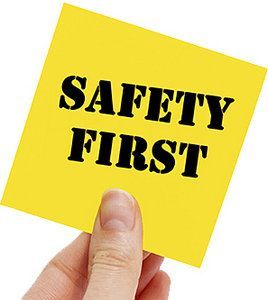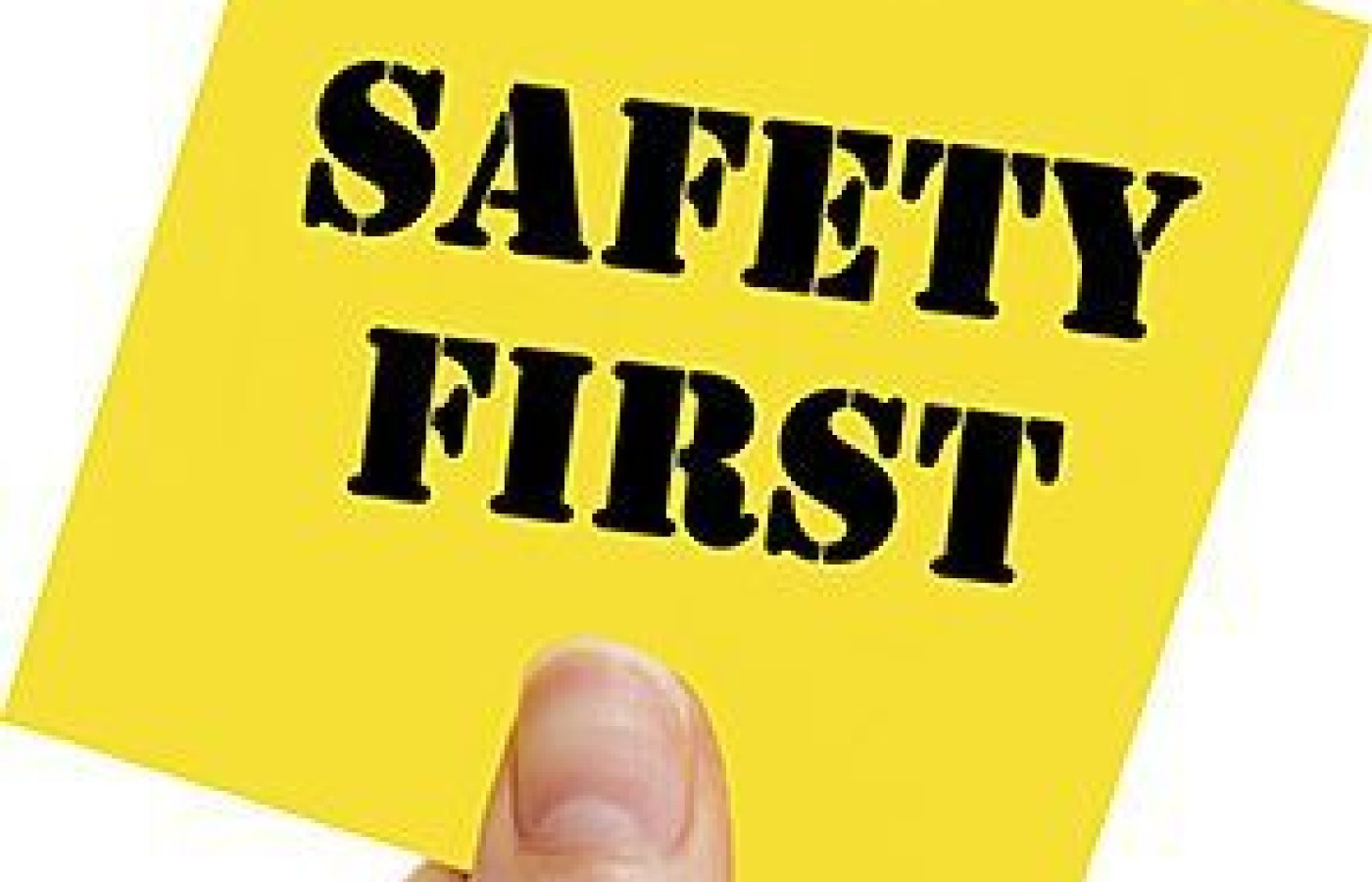New York's highest court of appeals has held that no-fault insurers cannot deny no-fault benefits where they unilaterally determine that a provider has committed misconduct based upon alleged fraudulent conduct. The Court held that this authority belongs solely to state regulators, specifically New York's Board of Regents, which oversees professional licensing and discipline. This follows a similar recent ruling in Florida reported in this publication.
5 Ways to Occupy Occupational Health
Despite the progress that has been made to better protect workers, occupational health and safety remains a priority area for many national governmental organizations due to the widespread problem of occupationally related morbidity and mortality. The workplace is a major determinant of health, as up to half of your waking hours are spent at your job, and it is one of the most consistent daily tasks in our lives. Chiropractors are in a great position to help treat work-related injuries, as well as contribute to surveillance of workplace injuries and help prevent injuries for changing workforces and exposures.
1. Musculoskeletal Care
Musculoskeletal disorders compose a large portion of workplace injuries. According to Healthy People 2020, low back pain alone is the second leading cause of missed work and the second most common reason to see a doctor. Occupational back pain accounts for approximately one-fourth of all nonfatal occupational illnesses and injuries involving days away from work.
The research is well-established on both the therapeutic benefit and cost-effective nature of chiropractic management of low back pain. This is a natural fit for chiropractic in the realm of occupational health, and I encourage doctors not only to actively treat work-related musculoskeletal disorders such as low back pain, but also to look for opportunities to connect with local employers to provide prevention / treatment options to their employees.

2. Injury Surveillance
However, there are many other ways in which chiropractors can contribute to occupational health. One of these areas is active surveillance. In the United States, there is not one single place to report injuries. Only some injuries are reportable to OSHA, the Bureau of Labor Statistics has other requirements, and each state has independent worker's compensation insurance schemes. Because of this, many injuries don't get reported in a manner that encourages changes to be made in the workplace.
There are cases of translators at hospitals piecing together higher-than-expected reports of amputations at a single worksite, and providers noticing trends of workplace illness and injury in their patient population. Even if occupational health is not your specialty, you can be aware of increased reports of injuries and help direct your patients to the appropriate resources.
3. Prevention Programs
Another way you can contribute to occupational health is by addressing the changing demographics of the workforce. The aging workforce is a primary concern in many industries, especially given many of the safety improvements made with mechanical processes. A steel mill recently cited slips, trips,and falls as its largest source of injuries because of the aging workforce, which is echoed in many workplaces. While this may be due to concerns of diminished balance, it may also be related to polypharmacy.
Regardless, chiropractors can help address slips, trips and falls through prevention programs. Many associations and governmental programs have established fall prevention curriculum you can even use as a starting point for developing your own program or as a way to recommend best practices to patients.
4. Work Status Assistance
The workforce is also changing with the rise of nontraditional work agreements. There has been an increase in the use of temporary workers, subcontractors and alternate-shift schedules that may be associated with poorer health outcomes. Additionally, some workers may not be aware of their rights to compensation, or fear their employment status may become jeopardized if they report injuries.
It has been reported that workers actually are responsible for the smallest portion of compensation fraud, so while the systems may be tedious to navigate, you may be a worker's only advocate in helping them get needed care to maintain their work status.
5. Workplace Safety (Your Own)
While the occupational health of your patients is a primary concern, please don't forget about your own health and safety while working! Small changes like ergonomic adjustments may help you protect your own health and ensure the longevity of your career. There are many patients who rely on you, their chiropractor, to keep them healthy and active.
Being a member of the American Public Health Association (APHA) allows you to interact with chiropractors and network with other health professionals, including those working on occupational health efforts. A wide variety of professionals are looking to work with others to help find solutions to our biggest health challenges. If you are fortunate enough to attend the APHA annual meeting in New Orleans this November, you will see new research presented in chiropractic, as well as in occupational health and almost any other niche of health in which you would like to be involved. You also will learn of interventions other practitioners and public health professionals are implementing in their communities – interventions that may be replicable within your community.
For more information on APHA membership, click here or contact the APHA Chiropractic Health Care (CHC) section Membership Chair, Dr. Kim Khauv at drkhauv@gmail.com.



